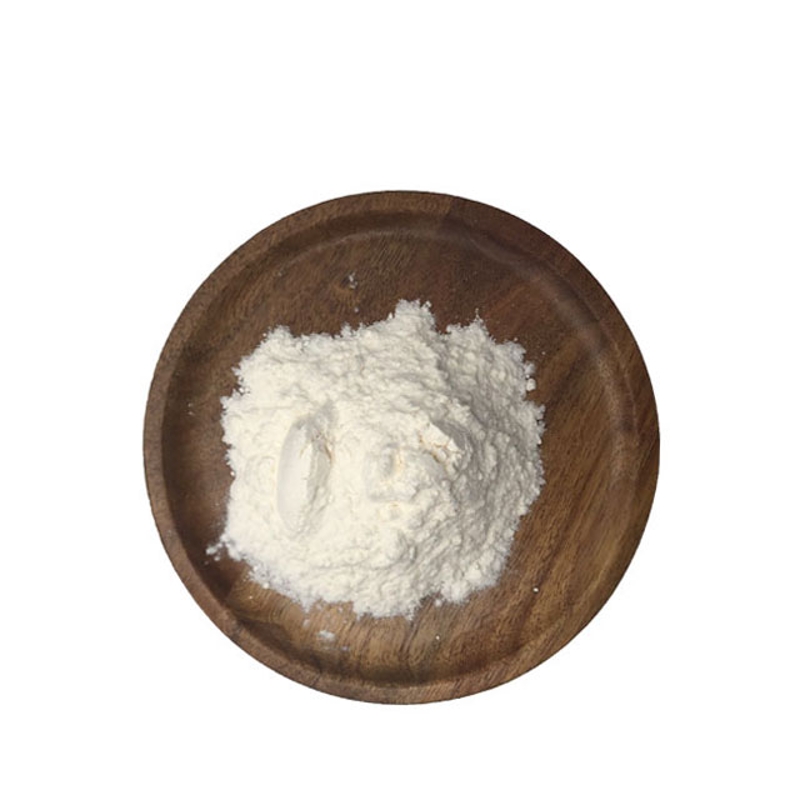-
Categories
-
Pharmaceutical Intermediates
-
Active Pharmaceutical Ingredients
-
Food Additives
- Industrial Coatings
- Agrochemicals
- Dyes and Pigments
- Surfactant
- Flavors and Fragrances
- Chemical Reagents
- Catalyst and Auxiliary
- Natural Products
- Inorganic Chemistry
-
Organic Chemistry
-
Biochemical Engineering
- Analytical Chemistry
- Cosmetic Ingredient
-
Pharmaceutical Intermediates
Promotion
ECHEMI Mall
Wholesale
Weekly Price
Exhibition
News
-
Trade Service
Adiotic cells (DCs) modified to enhance antigen delivery are a valuable strategy in cancer immunotherapy.
, however, while some strategies aim to increase the activity of T cells by increasing the strength of costulation molecules, the focus is on regulating the interaction between DC and antigens, and few studies have been conducted on the interaction between DC and T cells.
A joint paper by Chen Hong and Chen Gaojian of Suzhou University published a research paper on Science Advances online entitled "Promoting the activation of T cells with glycopolymer-modified dendritic cells by enhancing cell interactions", which engineering DC (polyglyceride DC and polyglucose DC) to enhance the interaction between DC and T cells, thereby promoting T cell activation.
the activity of T cells is greatly improved and produces higher tumor toxicity.
findings provide a new way for these engineered DC-activated T-cells, a strategy that could be beneficial for developing more effective DC-based vaccines.
-based dexterous cell (DC) vaccination induces tumor-specific T cells and directs the immune response to target antigens, and has proven to be one of the most promising treatments for cancer treatment.
despite the proven effectiveness of the DC vaccine in the treatment of melanoma, prostate cancer, colon cancer and breast cancer, clinical benefits remain disappointing.
important reason may be that the absence of a cell surface function "arm" during DC antigen delivery weakens the interaction between DC and T cells, leading to T-cell induction failure.
most common strategy for T-cells to modify synth cells (DCs) to enhance their antigen delivery.
has developed a scheme for loading antigens into DC in-body or for activating DC surface phagocytos receptors by modifying the original activation of DC by biomaterials, and has shown significant DC maturation and strong T-cell response.
, however, while some strategies aim to increase the activity of T cells by increasing the strength of costulation molecules, the focus is on regulating the interaction between DC and antigens, and few studies have been conducted on the interaction between DC and T cells.
a way to regulate the interaction between different cell types by "engineering" or modifying cell surfaces with synthetic compounds or subjects.
has designed a number of methods for this purpose, including DNA hybridization, lipid fitness use, lipid peptides, biotin-streptomycin interactions and carbohydrate-coagulant binding.
, carbohydrate-coagulant binding plays an important role in promoting intercellular recognition and adhesion due to its specificity and bond stability.
recent study showed that gum-modified tumor antigens significantly enhance DC's ability to identify and bind antigens.
Therefore, the researchers believe that the DCs of the sugar polymer , a synthetic polygamose (pMAM) or polyglucose (pMAG) engineering modification that has an affinity for the sugar-sugar subjects, will be specifically attached to T cells through carbohydrate-coagulant binding.
contact between the two cells is expected to promote binding, increase the stability of DC-T cell complexes, and promote T cell activity.
this study, an engineered DC (pMAM and pMAG engineering DC) was developed to promote T-cell activity by enhancing the interaction between DC and T cells.
, the study further analyzed the mechanism of using cell image tracking.
this work provides evidence that adding appropriate synthetic sugar polymers to cell surfaces is a valuable and effective way to design and optimize cellular vaccines.







